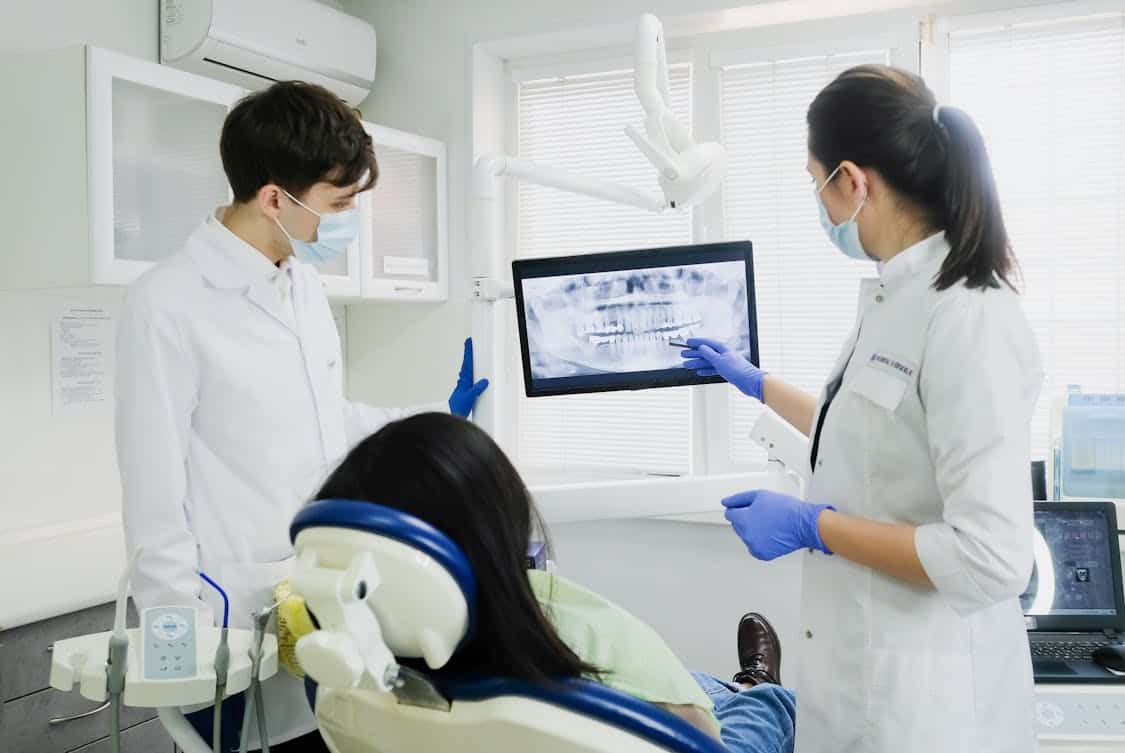As Dental Service Organizations (DSOs) expand their reach across multiple locations, they face unique challenges. Addressing common DSO tech challenges early on can prevent costly setbacks and ensure smoother growth across all sites.
The integration of technology can pave the way for smoother operations, better patient care, and ultimately, growth. Here are five essential tech upgrades that can help DSOs thrive.
1. Centralized Practice Management Software
Centralized practice management software is a game-changer for DSOs, allowing them to oversee operations across various sites from one platform. This software typically includes functionalities for scheduling, billing, and patient records, which streamlines processes significantly.
When all locations operate under a unified system, data sharing becomes effortless. This means that patient information is readily available, reducing the risk of errors and enhancing the quality of care.
Staff across different sites can access real-time data, improving communication and collaboration.
Moreover, a centralized system facilitates consistent reporting. DSOs can track performance metrics and identify trends, enabling data-driven decisions. Such insights are instrumental in enhancing operational efficiency and patient satisfaction.
Investing in this software can seem daunting, but the long-term benefits far outweigh the initial costs. A robust system pays for itself through improved productivity and reduced administrative costs, making it a wise investment for future growth.
2. Advanced Telehealth Solutions
Telehealth is no longer just an option; it’s a necessity. By integrating advanced telehealth solutions, DSOs can provide convenient access to care for patients who might otherwise delay or skip appointments.
These platforms allow for virtual consultations, follow-ups, and ongoing care management.
With the rise of remote care, providing this option can set a DSO apart from competitors. Patients appreciate the flexibility of scheduling appointments from the comfort of their homes, leading to increased patient retention and satisfaction.
Moreover, it opens access to a broader patient base, including those in remote areas.
Telehealth technologies also allow for the integration of AI and analytics. These tools can help identify patient needs and assist providers in delivering tailored care.
By leveraging such advanced solutions, DSOs can enhance their service offerings and adapt to changing patient preferences.
The transition to telehealth may require initial investment and training, but the potential for increased patient loyalty and market reach is substantial. It’s a strategic upgrade that aligns with modern healthcare trends.
3. Integrated Electronic Health Records (EHR)

The significance of an integrated Electronic Health Record (EHR) system cannot be overstated.
For DSOs operating multiple sites, having a unified EHR ensures that patient data is consistent and up-to-date across all locations. This upgrade not only enhances efficiency but also improves patient outcomes.
An integrated EHR allows practitioners to access complete patient histories, which is critical for informed decision-making. With easy access to past treatments and conditions, providers can develop more effective care plans.
This comprehensive view contributes to better patient care and reduces the likelihood of medical errors.
Moreover, EHR systems can streamline administrative tasks, such as billing and insurance claims. Automated processes reduce time spent on paperwork, allowing staff to focus more on patient care. Over time, this leads to increased productivity and revenue.
Training staff on the new EHR system will be necessary, but the investment in technology pays dividends. A well-implemented EHR not only enhances operational efficiency but also positions a DSO as a leader in quality care.
4. Enhanced Cybersecurity Measures
In a digital-first world, robust cybersecurity measures are paramount. DSOs handle sensitive patient information, making them attractive targets for cyber threats. Implementing advanced cybersecurity protocols is essential for protecting data integrity and maintaining patient trust.
Investing in encryption technologies, firewalls, and intrusion detection systems can create multiple layers of protection. Regular security audits and training for staff can further fortify defenses against potential breaches.
A proactive approach to cybersecurity not only safeguards data but also ensures compliance with healthcare regulations.
Furthermore, demonstrating a commitment to data security can enhance a DSO’s reputation. Patients are more likely to trust organizations that prioritize their privacy. This trust translates into increased patient loyalty and referrals, which are crucial for growth.
While the costs associated with top-notch cybersecurity may seem steep, the potential risks of a data breach could lead to far greater financial and reputational damage. Prioritizing cybersecurity is not just wise; it’s essential.
5. Patient Engagement Tools
Finally, integrating patient engagement tools can significantly enhance the patient experience. From appointment reminders to follow-up surveys, these tools foster a deeper connection between patients and their providers.
The technology empowers patients to take an active role in their healthcare journey.
Engagement tools can include mobile apps, patient portals, and automated communication systems. These platforms enable patients to access their health information, schedule appointments, and communicate with providers easily.
Such convenience can lead to higher satisfaction rates and improved health outcomes.
Moreover, gathering feedback through these tools can provide invaluable insights into patient preferences. This information can help DSOs refine their services and marketing strategies effectively.
Engaging patients actively also encourages their adherence to treatment plans, which is crucial for successful outcomes.
The initial setup and training for patient engagement tools may take time, but the payoff is significant. A satisfied patient is not only likely to return but also to recommend the practice to others, driving growth through word-of-mouth.

